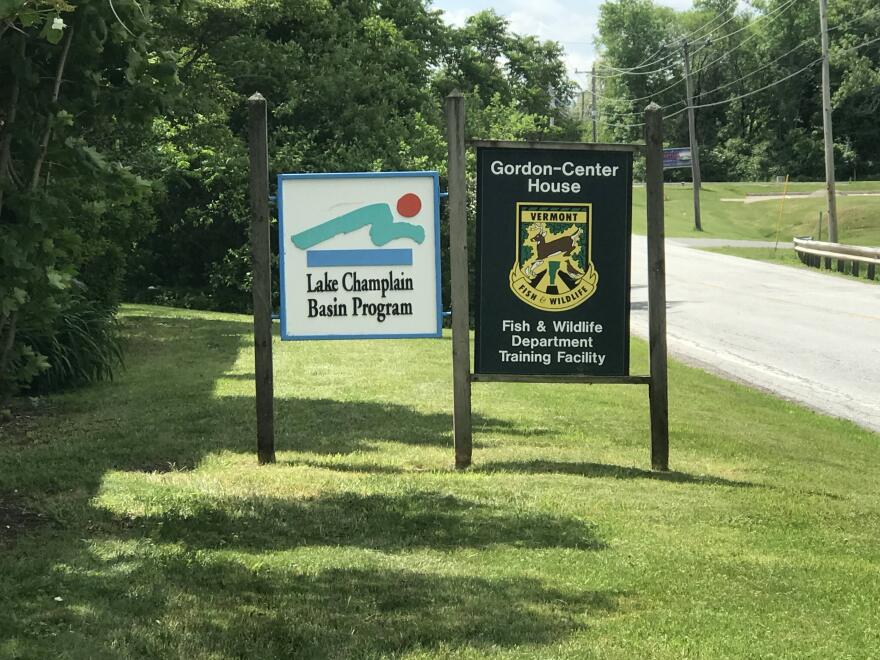The Lake Champlain Basin Program unveiled a revised five-year roadmap of work needed to restore and protect the lake from the worsening effects of climate change.
The program, which was created by Congress in 1990, coordinates restoration work in the more-than-120-mile-long lake and its watershed.
Sen. Patrick Leahy, who supported the founding of the LCBP and has advocated for money for the program, attended a signing ceremony for the updated "Opportunities for Action: An Evolving Plan for the Future of the Lake Champlain Basin" Friday in the Champlain Islands.
Leahy was joined by representatives from Vermont, New York, and Québec, as well other water quality officials.
Officials hope the plan — which has a renewed focus on projects that will address the impacts of climate change — will guide the LCBP for the next couple years. The plan also includes goals aimed at engaging undeserved communities around restoration and protection work.
Last year, several beaches were closed due to toxic, blue-green algae blooms, which are caused by warm temperatures, sunlight and nutrient-rich water. The revised plan includes grants and research funding to reduce nutrient and pesticide runoff.
Officials will also target limiting invasive species to further protect the ecosystem.
LCBP Executive Director Eric Howe said federal support has been essential to protecting Lake Champlain.
“The Lake Champlain Steering Committee and the Basin Program received over $60 million to implement the priorities of that management plan which was approved in 2017," he said. "This year alone, and federal fiscal year 2022, nearly $30 million will be coming to Lake Champlain just through the Basin Program authorizations and Congress."
"We're not done. We're not. This has to be a generational thing. It has to be generation after generation, committing to it."Sen. Patrick Leahy
Research programs will support the monitoring of pathogens, nutrient loading, and the impact of climate change on basin waters. Leahy said he hopes that will lay the groundwork for the program to continue after he retires.
“I would worry that people say, 'OK, we spent these tens of millions of dollars. We've had all these people working, we're done,'" Leahy said. "We're not done. We're not. This has to be a generational thing. It has to be generation after generation, committing to it."
The program says online tools and resources will be made available to inform and engage the public.
Have questions, comments or tips? Send us a message or get in touch with reporter Marlon Hyde @HydeMarlon.




